
Do not make any modifications to be product. Do not take the product apart. Piping Caution 1. Before piping Make sure that all debris, cutting oil, dust, etc, are removed from the piping. 2. Wrapping of pipe tape When screwing piping or fittings into ports, ensure that chips from the pipe threads or sealing material do not get inside the piping.
VQ7 0.1 to 1.0 MPa EVS How to Order VFN VV5ZS3 1 08 01 5 AP D 51F Coil voltage of air release valve Series VZS3000 Manifold Note) How to take out the lead wire of air release valve is the same method as the other valve equipped on the same manifold.
When installing and removing an element, do not scratch or damage it by touching the corners of the case, etc.
Type of actuation Plug Plug JIS symbol 3-2-1 Series VK3000 How to Order Electrical entry G: Grommet (Lead wire length: 300 mm) D: DIN terminal H: Grommet (Lead wire length: 600 mm) DO: DIN terminal (Without connector) For connector part number, refer to page 3-2-11.
VK VK Type of actuation (B) 2 (A) 4 (B) 2 (A) 4 VT Plug Plug JIS symbol 5 (R1) 1 (P) 3 (R2) 5 (R1) 1 (P) 3 (R2) 1419 VK3000 Series How to Order Note) CE-compliant: For DIN terminal only [Option] Electrical entry DO : DIN terminal (Without connector) G: Grommet (Lead wire length: 300 mm) D: DIN terminal H: Grommet (Lead wire length: 600 mm) CE-compliant For connector part number, refer to
Series: 3 (VQ30), Stations: 5 Stations, Option: DO (DIN Rail Mount w/o DIN Rail), Thread: 00N (NPT3/8)
Series: 3 (VQ30), Stations: 3 Stations, Option: DO (DIN Rail Mount w/o DIN Rail), Thread: 00N (NPT3/8)
Series: 3 (VQ30), Stations: 12 Stations, Option: DO (DIN Rail Mount w/o DIN Rail), Thread: 00N (NPT3/8)
Some trunnion mounting positions do not allow auto switch mounting. Please consult with SMC for more information.
When washing the micromesh element, do not wipe it using a stiff brush or rag. 0.03 12 08 20 24 10 16 Pressure drop (MPa) 06 0.01 0.005 COM. N.O.
YES YES Do you want better communication and control capabilities for your system?
Note 2) Do not use it in a line that is kept pressurized because it could cause the body to break.
DO Without connector Note) Do not replace V111 (G, H, L, M) to V115 (DIN terminal) and vice versa when replacing pilot valve assembly only. 5 SY3000/5000/7000/9000 Body Ported How to Order Port Block Assembly 000 6A SY Series Thread type 3 SY3000 5 SY5000 7 SY7000 9 SY9000 Only replacement of the fittings assembly is possible.
Tie-rod nut *Actuators do not use metal containing copper.
Do not apply any impact when you load the cylinder in the locked position.
Vcior on up to 4 S des Ava able (lvlagnet Type) s NCQT very Cornpact sides and do Black Line s NCOB Outer Rcd C rcll] is B;mba Flat lrt Fla'.1r, s re!'
Cassette base DIN r. ) No,eJ n case of DC cny DLN ra L 1t .gs are alacred DIN rail length DoLrbre wing specilcal,on SDge doube and 3 posrton soleno d va vcs ca. 0e used on a manrfold slatons Nole 2) Speclied layoul Indrate w r ng spec fcal ons on a man Io d specJ.at on sheel Nole thal do!
Do not use fluid containing solid matter. This will cause faulty operation. IR IRV VEX SRH SRP SRF SRF ITV IC ITVH ITVX PVQ VY1 VBA VBAT AP100 891
Dimensions q Do not use the air cylinder as an air-hydro cylinder. This will cause an oil leak. w Install without twisting the bellows. If the cylinder is installed with its bellows twisted, it could damage the bellows. Rubber bumper Disassembly/Replacement Caution q Do not replace the bushings or the cushion seals. The bushings and the cushion seals are press-fit.
Although switches satisfy the IEC standard IP67 structure (JIS C0920: anti-immersion structure) (except D-A3l, A44l, G39l, K39l), do not use switches in applications where they are continually exposed to water splash or spray.
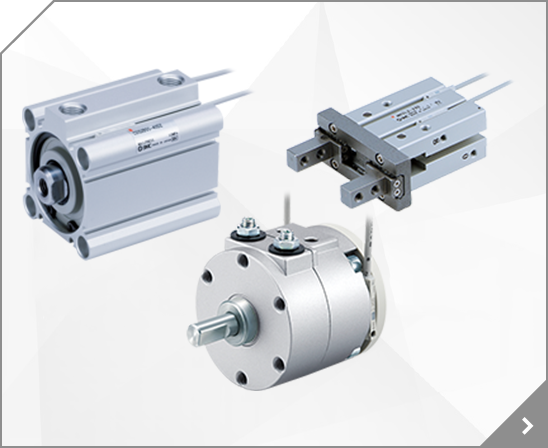
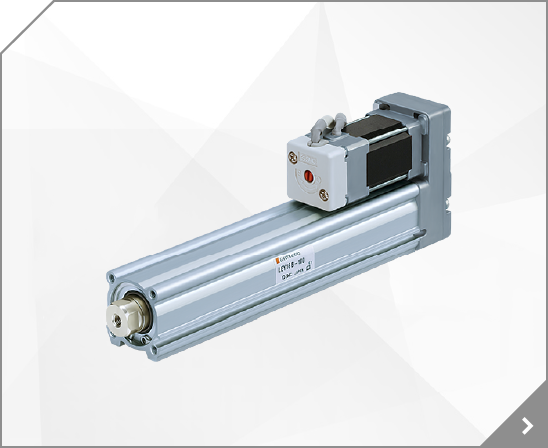
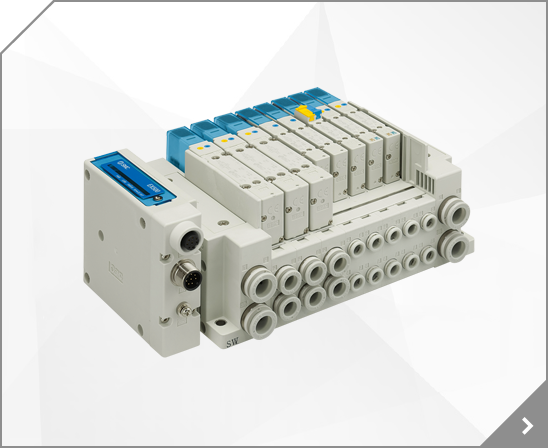
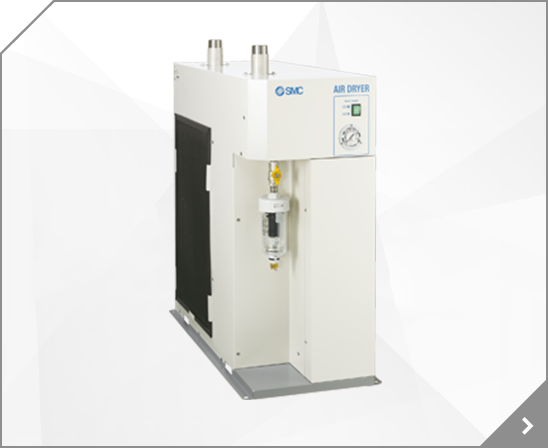
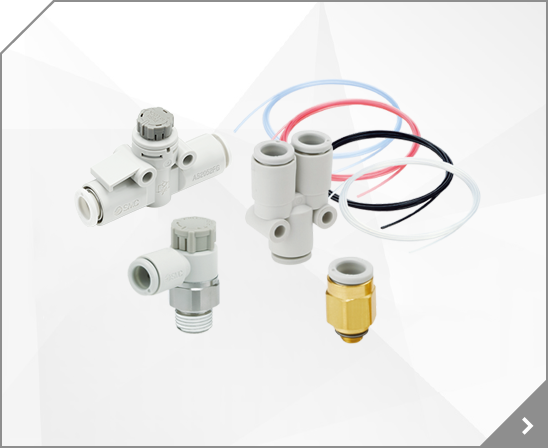

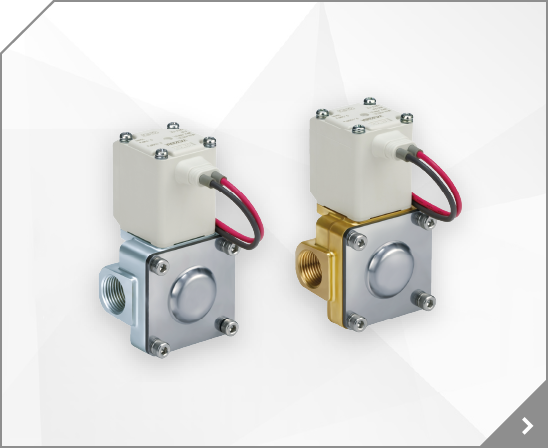

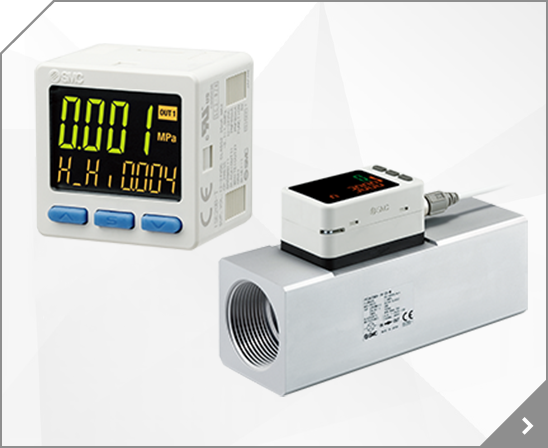
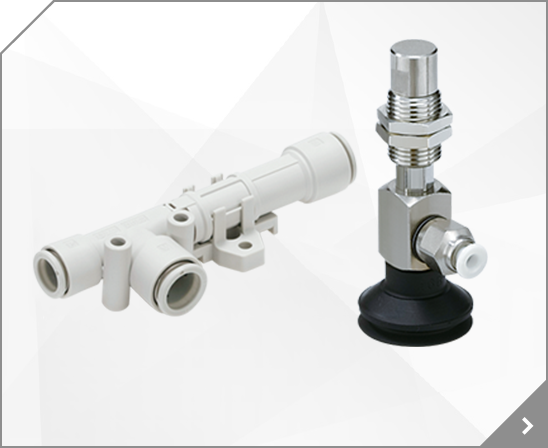

 A
A